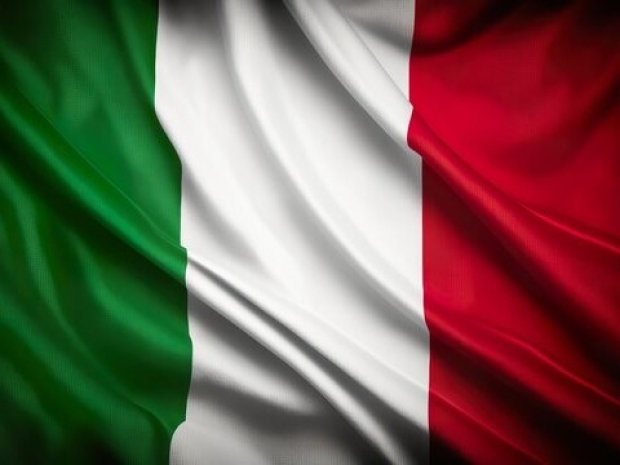The setup by telecom regulator AGCOM to crack down on IPTV piracy allows copyright holders to draft blocklists with minimal oversight through an automated system. ISPs are then legally required to enforce those blocks within 30 minutes. No questions asked.
It’s been a year of embarrassing blunders. In March, a Piracy Shield order inadvertently blocked one of Cloudflare’s IP addresses— cutting off access to more than 40 million domains. In October, it got worse. In an absurd attempt to stem piracy, it blocked a Google.com subdomain used for Drive, triggering a nationwide blackout for millions.
AGCOM commissioner Massimiliano Capitanio offered no apology. He seemed to be only interested in protecting the interests of companies who broadcast football.
TorrentFreak said: "No concern was expressed towards Google or the millions of users affected."
Instead, Capitanio demanded that Google delete Android apps from user devices — a request that is not even legally required.
Former MP and IT expert Stefano Quintarelli warned this sort of unchecked automation creates a “huge systemic vulnerability.” If a bad actor seized control, they could crash everything from hospitals and transport networks to government operations — at scale and instantly.
“The Piracy Shield platform could be turned against any aspect of Italian society with just a few keyboard commands,” he said. The model has already demonstrated that it lacks even basic fail-safes.
Despite the mess and the €2 million annual price tag for a supposedly “free” tool, AGCOM still insists things are running smoothly.
However, AGCOM Board member Elisa Giomi has blown the whistle, calling for the immediate suspension of the system. She listed its litany of failures on LinkedIn — and was threatened with financial sanctions for daring to speak out.
However, she told her accusers to go forth and multiply ["Andate e moltiplicatevi."] and if they want to take her to court then the whole farce will be exposed.

